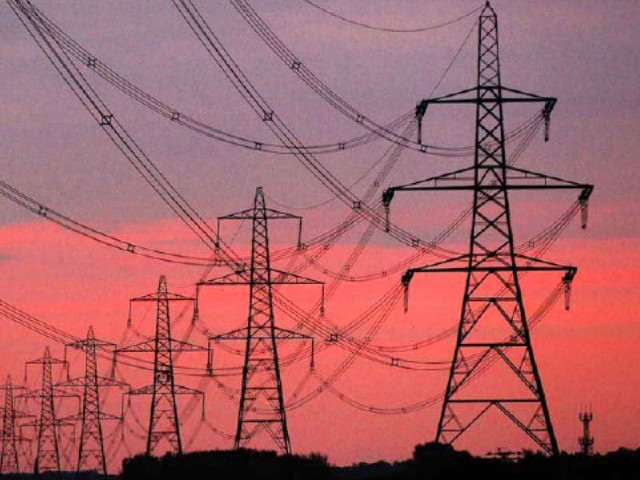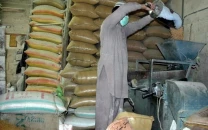Proposal being moved for seasonal energy pricing
Minister says move aimed at encouraging power consumption during off-peak months

Energy Minister Hammad Azhar on Friday said a proposal was being moved for seasonal energy pricing for domestic and commercial consumers to encourage power consumption during off-peak months.
“The success of Industrial Energy Package demonstrates that such incentives provide relief & absorb part of surplus capacity,” he tweeted.
Pakistan has maintained its record making and breaking spree in the broader economy as it reported all-time high power generation and transmission of 24,467 MWs in a single day last month.
The feat was achieved by partly utilising the surplus generation capacity which has remained a huge cause of expensive power for end-consumers in the country.
The required increase in demand for power generation and consumption was recorded on the back of turnaround in the domestic economy; including in all the three major sectors i.e. industries, agriculture and services.
Besides, residential consumers have continued to upgrade their homes with electrical and electronic goods including high power consuming splits, other home appliances and gadgets.
Read More: Cheap energy vital to keep the wheels of industry turning
The government also approved Rs68 billion in electricity and gas subsidies for a class of exporters and Karachi’s industrial consumers but pended a decision about similar subsidies for farmers, as political commitments far exceed narrowing fiscal space.
The Economic Coordination Committee (ECC) of the cabinet approved the Rs68 billion subsidies for five export-oriented sectors and incremental use of electricity by industrial consumers of Karachi. But the cabinet body did not take two other decisions that would have cost the government another Rs74 billion on account of agriculture tube well subsidies (Rs48 billion) and time of use meters industrial consumers (Rs26 billion).
Against Rs68 billion subsidies, the available budget was only Rs49 billion and the rest of the Rs23 billion will be provided in supplementary budget, which means without seeking prior approval of parliament.
The commerce ministry presented a summary regarding continuation of concessional rates of electricity and RLNG to export-oriented sectors. The commerce secretary briefed the committee that extension of concessional rates of electricity and RLNG was important for sustained increase in exports by providing energy at regionally competitive rates, according to finance ministry statement.
“After due deliberations, the committee approved the continuation of electricity and gas subsidy for export-oriented sectors to support the momentum of growth in exports during the FY 2021-22,” according to an official handout.
The energy minister was of the opinion that untargeted subsidies were unsustainable that that his ministry did not have objection to the subsidy, provided the Finance Division give Rs35 billion for electricity subsidy and another Rs29 billion for gas subsidy.
In the budget, the parliament approved Rs26.9 billion electricity subsidy for exporters and Rs10 billion for RLNG, showing a gap of Rs27.1 billion or 42% of the required needs.
The finance ministry is said to have increased the total allocations to Rs45 billion, which still leave behind a gap of Rs19 billion.
About two-third of the total exports are made by textile, jute, leather, carpet, surgical and sports goods and the commerce ministry insisted that 14% increase in exports in the last fiscal year was due to concessional energy prices. However, the increase was over low base of the preceding fiscal year.



















COMMENTS
Comments are moderated and generally will be posted if they are on-topic and not abusive.
For more information, please see our Comments FAQ